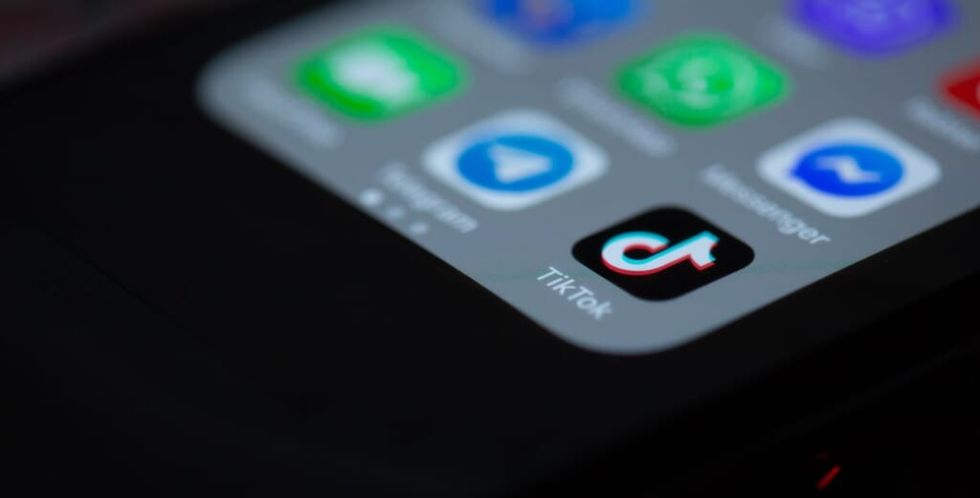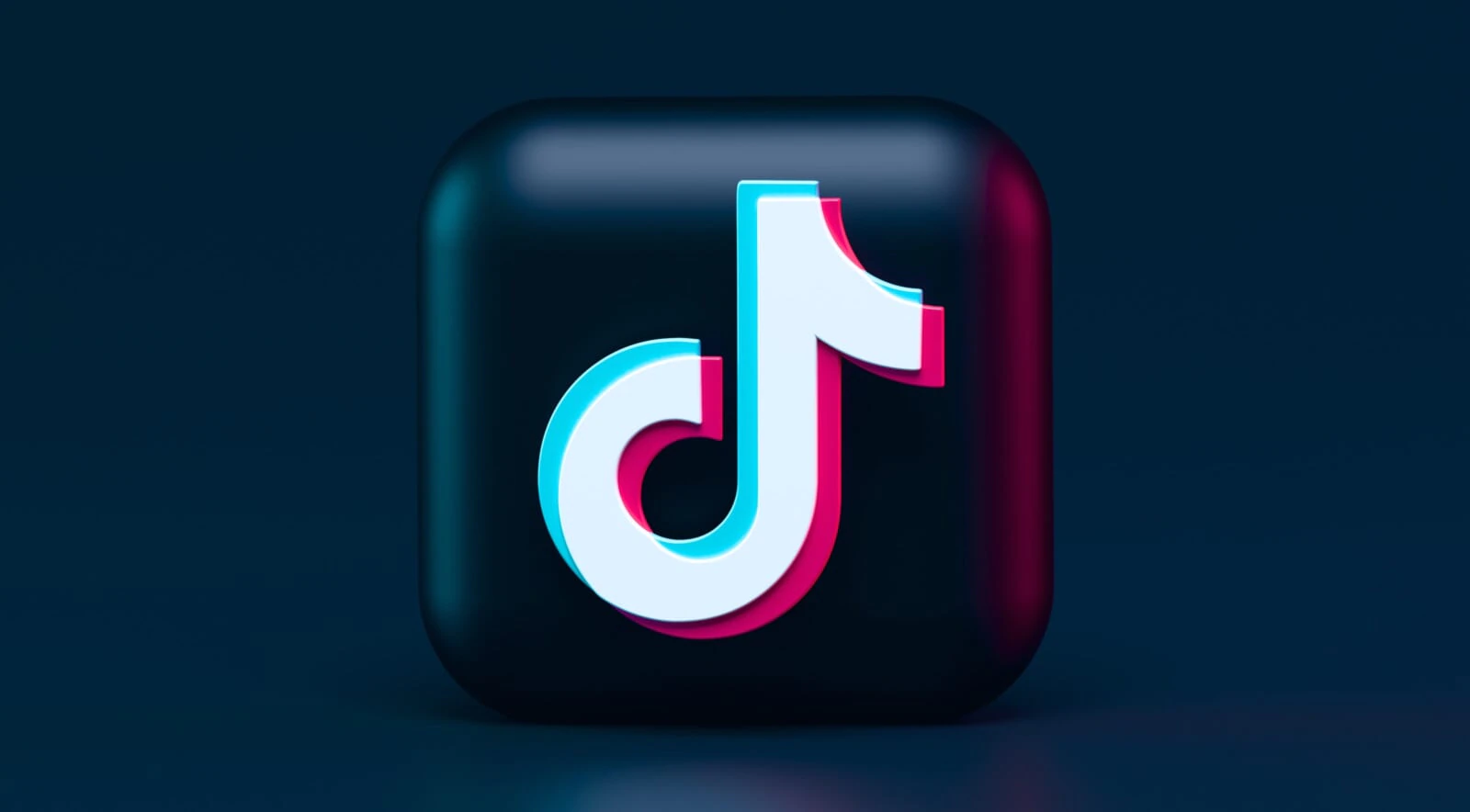Today, reading a novel is seen as a respectable, almost impressive hobby. Were someone to casually remark that they had read several books in just the past month alone, they would draw nods of approval and questions about favorite authors and genres, not shakes of the head and grunts of disapproval.
It has not always been such. In the latter years of the 18th Century and well into the 19th, many in so-called proper society saw novel reading as a problem among the youth. Reading novels was an absorptive behavior that tore young people away from more meaningful pursuits, plunging them into imaginary worlds and putting ill ideas into their heads. Novel reading was frivolous, addictive, and problematic.
Until it wasn’t – AKA until society’s views on the practice slowly changed.
RELATED: What Is Groupthink? How To Avoid This Common Bias
So today is much of the ire tech use by the young draws from older generations likely baseless? Social media, video sharing platforms, news sites, blogs, e-commerce, and all the rest of it has added an immeasurable net positive to our world, putting information at our fingertips, connecting us like never before, making life easier and more pleasant for billions, and adding some fun to our days as well.
But let’s also be clear about something else: tech addiction is real. Sure, used in moderation and with parameters, tech is great, but its use can get out of hand with many people who simply can’t seem to get that screen out of their hands. And for many of today’s youths and for plenty of adults alike, the number one source of screen addiction is TikTok.
What Is TikTok Exactly, Anyway?

TikTok is a short-form video creation and sharing platform that lets its users quickly and easily create, edit, and post videos in a format optimized for consumption (viewing and sharing, e.g.) on smartphones.
TikTok was created and launched in 2016 by the company ByteDance in China, where the platform goes under the name Douyin. (While essentially identical platforms, it’s worth noting that TikTok and Douyin are kept separate from one another and users do not have access to cross-content; this is, of course, intentional and due to Chinese governmental oversight of the internet and all media in the country.) Within a few short years the video app had become a global phenomenon that today has been downloaded literally billions of times.
Technology addiction is nothing new
Internet Addiction Disorder was first named in the mid-1990s by a psychologist named Dr. Ivan Goldberg, MD who was, ironically joking when he coined the term, according to PsyCom. What was intended as a bit of a lark for his fellows in the mental health profession turned out to be pure prescience. Today that term itself, Internet Addiction Disorder, and a few other synonymous terms like Compulsive Internet Use (CIU) may seem a bit dated; we now engage with so many types of media via so many platforms that referring to the internet itself hardly encompasses the topic at hand.
RELATED: Open-Mindedness: 5 Practical Steps To Open Your Mind
But when it comes to TikTok, there is an elevated level of dependency in many users. It’s not that people who are addicted to TikTok are simply heavily tech addicted in general and also spend a lot of time on TikTok, it’s that they really are TikTok addicted. Which is not to say that the same individual may not also spend an inordinate amount of time on gaming, scrolling Instagram or Reddit, or watching YouTube clips, but TikTok tends to be the most ensnaring of media for many people. And that’s exactly how it was designed to be by the people who created and perpetuate the platform.
Why Is TikTok So Addictive?

First off, let’s acknowledge the science here: a recent major study published in the medical journal Addictive Behaviors analyzing TikTok user behavior has indeed found that the platform is addictive, with as many as 30% or more of TikTok users identified as being at some risk for developing a problematic dependency on the app. But why is TikTok addictive?
TikTok keeps its users glued to the screen in much the same way a slot machine keeps gamblers pulling the lever (or pressing the button). It’s called “random reinforcement” in psychological circles, and it’s a phenomenon wherein occasional sources of pleasure – in the case of TikTok, a video you love; in the case of slot machine gambling, a payout – are interspersed with things that don’t much interest you.
RELATED: What Is the Google Effect, How Does It Hurt Your Mind – And What Can You Do About It?
Ironically, it’s the less enjoyable (to a given user) content that keeps people scrolling, because there is a thrill in the search. And that’s because with each success – each enjoyed video – comes a hit of dopamine, the brain’s “happy” chemical.
What Are the Signs of TikTok Addiction?

If you have ever asked yourself: “Am I addicted to TikTok?” then the answer is probably a yes, at least to some degree, but at least you are already displaying good self-awareness. If you’re concerned you or someone you care about may have an unhealthy TikTok dependency, here are a few ways to analyze the situation.
TikTok addiction shows itself most clearly when a person is not using the app. They may show signs of irritability, nervousness, sadness, or even anger when they go too long without scrolling through TikTok, and these symptoms may be even worse when they are specifically deprived of the platform, such as during a punishment from parents.
RELATED: The Buddhist Practice of Sympathetic Joy Leads to Happier Relationships
(And yes, these are effectively signs of withdrawal, the comparison to removal of an addictive chemical is apt and warranted.) People with a TikTok dependency may find themselves more easily distracted and less able to focus even when not using the app.
And one of the surest signs of a TikTok addiction is the loss of an inordinate amount of time to the app. If you find you open TikTok up meaning just to scroll for 10 minutes but suddenly an hour disappears, that’s a clear red flag.
How to Break a TikTok Addiction

The first way to wean oneself off TikTok, or to at least curtail the volume of usage, is to genuinely assess the use case. You can check your phone’s data to see how much time you are actually spending on TikTok and then set yourself new reduced goals for time spent on the app.
When you do go on the app, set a timer or set an alarm at a certain time that will keep you on track to stick with your reduced goals. And also establish times and places where you will never use TikTok. These can be bedtime and the bedroom in general, it can be the hour after you finish school or the hour after you pick your kids up from their school, to name but a few examples.
By creating TikTok-free times and places, you will re-wire your brain to accept that it’s OK to be without the platform sometimes, and soon you will be able to be without it for more and more time.
If you’re having trouble breaking a TikTok addiction, one more thought is to try a form of replacement therapy; rather than just cutting TikTok out of your life, add something new in its place. One idea? Read more novels.
KEEP READING:
Train Your Brain to Shed Distracting Habits and Concentrate Better
Credit: Source link



